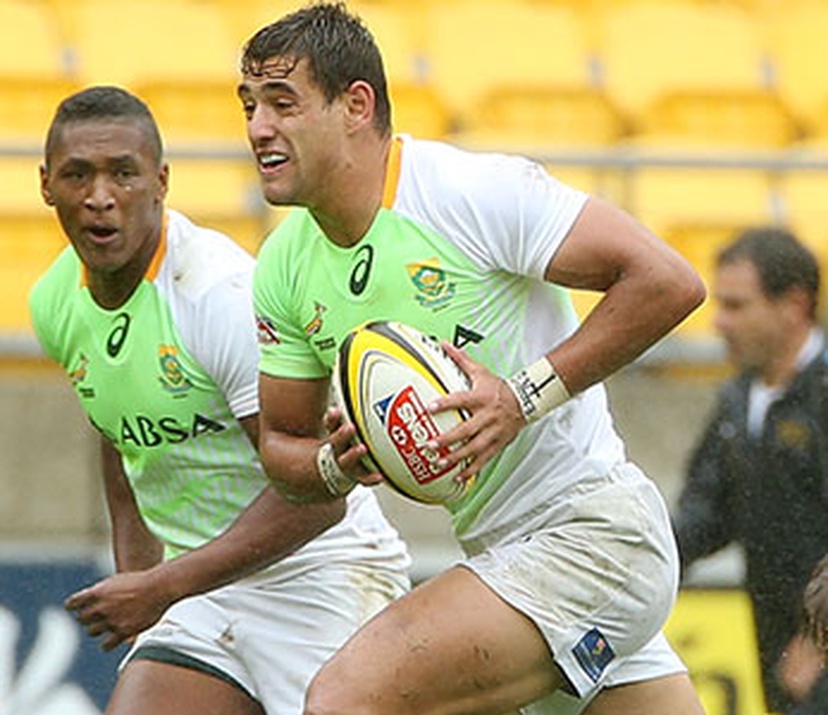Today’s rugby kits have been honed and perfected over the years to give players an edge when they step out onto the pitch. See how the kit evolved.
Going back to 1871, the very first rugby kit would raise a wry smile in many dressing rooms today, as players wore a shirt and bow tie with a pair of walking boots.
Things changed over the years as players moved to woollen and then cotton tops and specially-designed rugby boots were introduced.
But it was only when rugby union turned professional in 1995 that the evolution really took off.
The early days of professional rugby
At the 1995 World Cup in South Africa, the likes of Francois Pienaar (South Africa), Michael Lynagh (Australia) and Jonah Lomu (New Zealand) lined up in baggy cotton shirts and shorts.
But as anyone who played in it will tell you, it wasn’t the most practical. Thick, loose-fitting cotton posed a number of challenges for players:
- It became heavy when wet and muddy, making it uncomfortable and restricting players’ freedom of movement
- Opposing players could grab the shirt or shorts when they tackled you, making it easier for them to bring you down
Boots too were much heavier than they are today – the boots worn by Australian number 8, Toutai Kefu, in the 1990s weighed in at 400g each.
Going skin-tight – the modern rugby kit
Fast forward to the 2003 World Cup and after almost 10 years as a professional sport, the players had got stronger and improved technically while the kits had come on leaps and bounds, using a mixture of cotton and polyester that clung to the players.
It meant defenders could no longer grab on to an attacker’s baggy top when they went into a tackle, giving the backs an extra edge.
And for the forwards too, there were prints on the shirt which provided extra grip in the wet and gave them an advantage in the scrum.
Moisture-wicking materials and ventilation panels were also introduced, keeping players comfortable and allowing them to move freely for the full 80 minutes.
The development doesn’t stop there. At ASICS, we’re now working with the South African rugby team as they plan for the 2015 World Cup, with the very latest technology to give the Springboks a cutting edge when they line up for battle.



